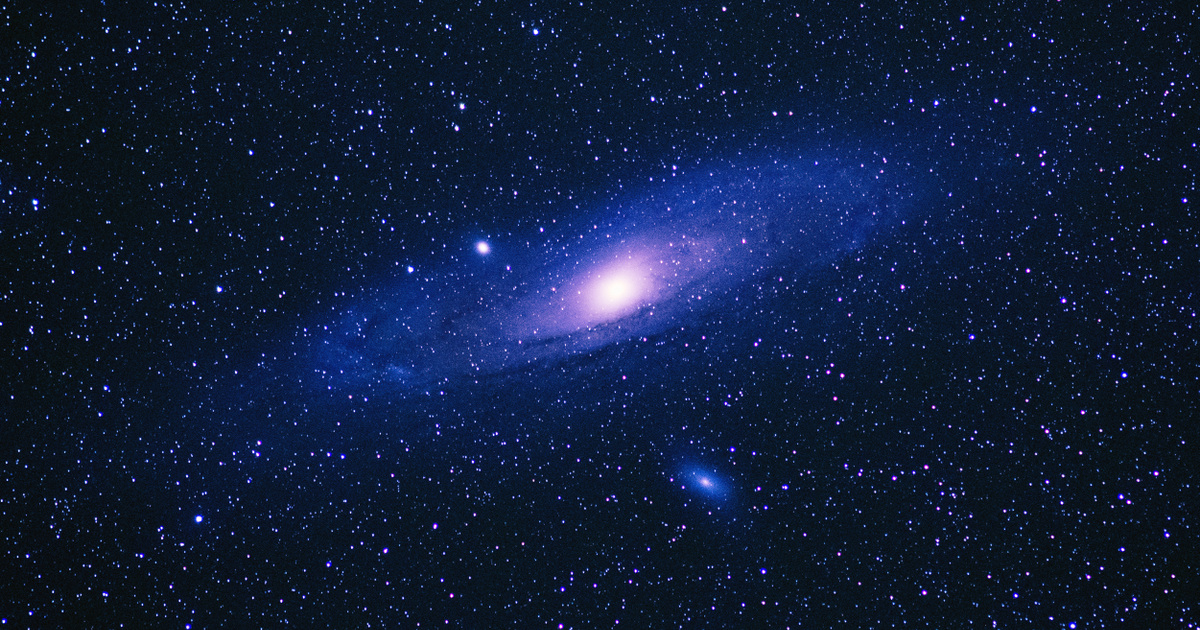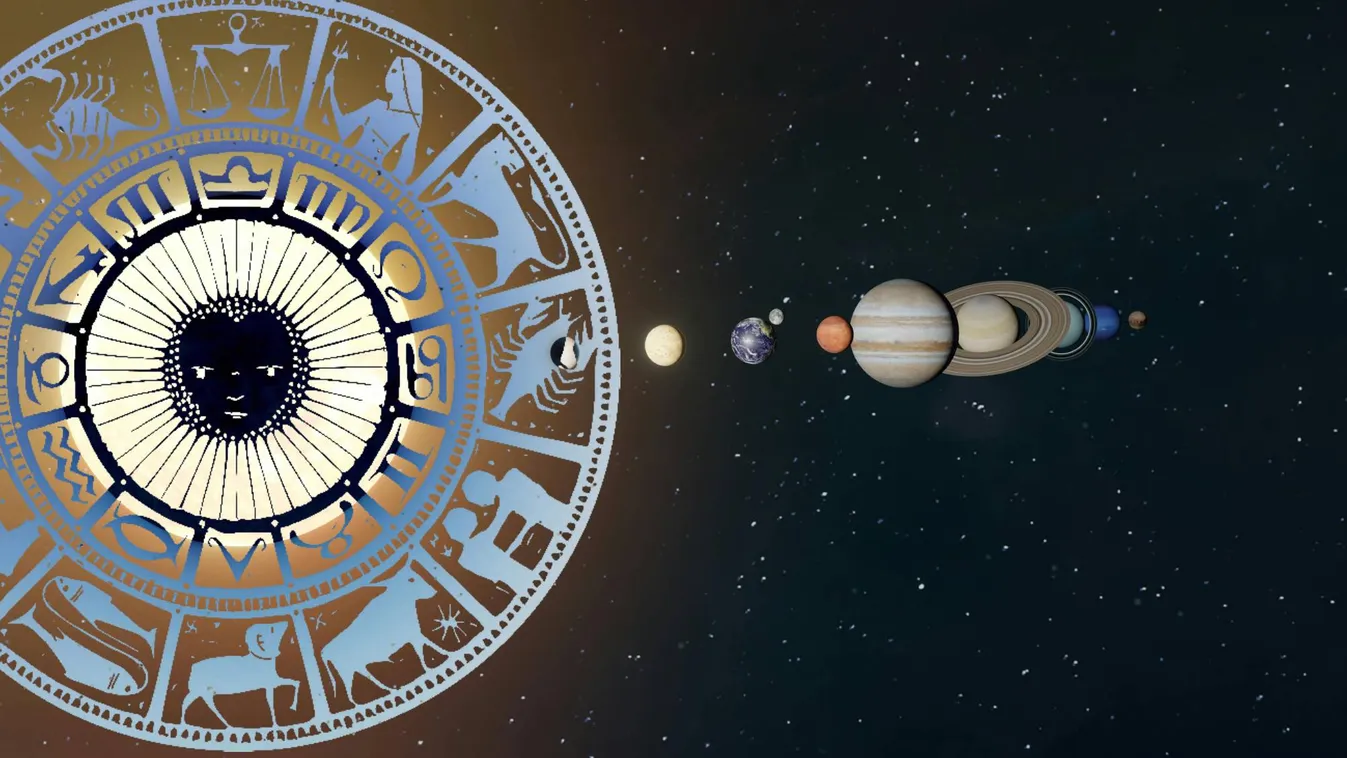[{“available”:true,”c_guid”:”2c9214d1-54c1-439f-b138-18ac5877eee8″,”c_author”:”Németh András”,”category”:”360″,”description”:”Bár az Iszlám Állam egyik fiókszervezete vállalta magára a moszkvai terrorakció elkövetését, a Kreml akár hamis nyomokat gyártva is Ukrajnára akarja tolni a felelősséget, miközben az orosz titkosszolgálatokéról egy szót sem szól nyilvánosan.”,”shortLead”:”Bár az Iszlám Állam egyik fiókszervezete vállalta magára a moszkvai terrorakció elkövetését, a Kreml akár hamis…”,”id”:”20240327_hvg-moszkvai-terrortamadas-titkosszolgalatok-csodje”,”image”:”https://img.hvg.hu/Img/ffdb5e3a-e632-4abc-b367-3d9b3bb5573b/2c9214d1-54c1-439f-b138-18ac5877eee8.jpg”,”index”:0,”item”:”62d0a6d7-5eda-4a64-a03a-5b2645448ab7″,”keywords”:null,”link”:”/360/20240327_hvg-moszkvai-terrortamadas-titkosszolgalatok-csodje”,”timestamp”:”2024. március. 27. 12:30″,”title”:”Putyin az ukránokra mutogat a moszkvai terrorakció miatt, de hallgat titkosszolgálatai totális csődjéről”,”trackingCode”:”RELATED”,”c_isbrandchannel”:false,”c_isbrandcontent”:false,”c_isbrandstory”:false,”c_isbrandcontentorbrandstory”:false,”c_isbranded”:false,”c_ishvg360article”:true,”c_partnername”:null,”c_partnerlogo”:”00000000-0000-0000-0000-000000000000″,”c_partnertag”:null},{“available”:true,”c_guid”:”b32e85aa-09c3-4008-b50e-f7de48f60b66″,”c_author”:”hvg.hu”,”category”:”tudomany”,”description”:”Ritkábban kell majd cserélni az elektromos autók akkumulátorait, ha elterjed a Toyota mérnökeinek fejlesztése. A megoldással nemcsak az e-hulladék lesz kevesebb, de alapanyagból sem kell majd annyit bányászni.”,”shortLead”:”Ritkábban kell majd cserélni az elektromos autók akkumulátorait, ha elterjed a Toyota mérnökeinek fejlesztése…”,”id”:”20240328_toyota-akkumulator-injekcio-vegyi-anyag-litium-ion-akkumulator-kapacitas”,”image”:”https://img.hvg.hu/Img/ffdb5e3a-e632-4abc-b367-3d9b3bb5573b/b32e85aa-09c3-4008-b50e-f7de48f60b66.jpg”,”index”:0,”item”:”1f58769d-a089-440f-a13d-c20f2a4596e2″,”keywords”:null,”link”:”/tudomany/20240328_toyota-akkumulator-injekcio-vegyi-anyag-litium-ion-akkumulator-kapacitas”,”timestamp”:”2024. március. 28. 11:03″,”title”:”Injekciót adtak egy használt akkumulátornak, ami utána történt, annak csak az akkugyárak nem fognak örülni”,”trackingCode”:”RELATED”,”c_isbrandchannel”:false,”c_isbrandcontent”:false,”c_isbrandstory”:false,”c_isbrandcontentorbrandstory”:false,”c_isbranded”:false,”c_ishvg360article”:false,”c_partnername”:null,”c_partnerlogo”:”00000000-0000-0000-0000-000000000000″,”c_partnertag”:null},{“available”:true,”c_guid”:”1abc91df-cdc0-42a8-bf77-c56944e0715e”,”c_author”:”hvg.hu”,”category”:”vilag”,”description”:”Azért tüntettek, mert nem érzik, hogy az állam mindent megtenne a szeretteik kiszabadításáért.”,”shortLead”:”Azért tüntettek, mert nem érzik, hogy az állam mindent megtenne a szeretteik kiszabadításáért.”,”id”:”20240327_1927612″,”image”:”https://img.hvg.hu/Img/ffdb5e3a-e632-4abc-b367-3d9b3bb5573b/1abc91df-cdc0-42a8-bf77-c56944e0715e.jpg”,”index”:0,”item”:”185fed7c-0d44-4c8c-99d8-1827c7bd3623″,”keywords”:null,”link”:”/vilag/20240327_1927612″,”timestamp”:”2024. március. 27. 17:49″,”title”:”Izraeli túszok rokonait tartóztatták le Tel-Avivban”,”trackingCode”:”RELATED”,”c_isbrandchannel”:false,”c_isbrandcontent”:false,”c_isbrandstory”:false,”c_isbrandcontentorbrandstory”:false,”c_isbranded”:false,”c_ishvg360article”:false,”c_partnername”:null,”c_partnerlogo”:”00000000-0000-0000-0000-000000000000″,”c_partnertag”:null},{“available”:true,”c_guid”:”366e02ae-ccf3-4228-9b13-2396e5452188″,”c_author”:”hvg.hu”,”category”:”cegauto”,”description”:”Nem is olyan régen még az eladásaik felét ilyen autók adták.”,”shortLead”:”Nem is olyan régen még az eladásaik felét ilyen autók adták.”,”id”:”20240327_volvo-dizel-autogyar-xc90-dizelmotor”,”image”:”https://img.hvg.hu/Img/ffdb5e3a-e632-4abc-b367-3d9b3bb5573b/366e02ae-ccf3-4228-9b13-2396e5452188.jpg”,”index”:0,”item”:”33db6811-8ef6-4012-b2b8-488f4fe004d5″,”keywords”:null,”link”:”/cegauto/20240327_volvo-dizel-autogyar-xc90-dizelmotor”,”timestamp”:”2024. március. 27. 10:59″,”title”:”Negyvenöt év után végzett a dízellel a Volvo”,”trackingCode”:”RELATED”,”c_isbrandchannel”:false,”c_isbrandcontent”:false,”c_isbrandstory”:false,”c_isbrandcontentorbrandstory”:false,”c_isbranded”:false,”c_ishvg360article”:false,”c_partnername”:null,”c_partnerlogo”:”00000000-0000-0000-0000-000000000000″,”c_partnertag”:null},{“available”:true,”c_guid”:”479c16bf-831e-4f33-8f84-4268db594f7a”,”c_author”:”hvg.hu”,”category”:”gazdasag”,”description”:”A magyar gazdaság 2023-ban elhúzódó recessziós állapotba került, ám lecsökkent az infláció és nagyon kedvező fordulat történt a külső egyensúlyban – írja elemzésében a GKI Gazdaságkutató Zrt.”,”shortLead”:”A magyar gazdaság 2023-ban elhúzódó recessziós állapotba került, ám lecsökkent az infláció és nagyon kedvező fordulat…”,”id”:”20240327_gki-gondban-a-magyar-gazdasag-es-az-unios-penzek-sem-segitenek”,”image”:”https://img.hvg.hu/Img/ffdb5e3a-e632-4abc-b367-3d9b3bb5573b/479c16bf-831e-4f33-8f84-4268db594f7a.jpg”,”index”:0,”item”:”7a04febf-eb8e-4c7f-ae9f-deb732d17f8c”,”keywords”:null,”link”:”/gazdasag/20240327_gki-gondban-a-magyar-gazdasag-es-az-unios-penzek-sem-segitenek”,”timestamp”:”2024. március. 27. 05:00″,”title”:”GKI: gondban a magyar gazdaság, megszorítások jöhetnek”,”trackingCode”:”RELATED”,”c_isbrandchannel”:false,”c_isbrandcontent”:false,”c_isbrandstory”:false,”c_isbrandcontentorbrandstory”:false,”c_isbranded”:false,”c_ishvg360article”:false,”c_partnername”:null,”c_partnerlogo”:”00000000-0000-0000-0000-000000000000″,”c_partnertag”:null},{“available”:true,”c_guid”:”099ec377-b9a3-4220-adef-839eaaec1ebb”,”c_author”:”Kovács Gábor”,”category”:”360″,”description”:”A magyar kormány amolyan humanitárius, nonprofit működést vár el az élelmiszermultiktól, emellett verbálisan, intézkedésekkel, adókkal abuzálja őket, és elvárja, hogy ezt csendben tűrjék. Miközben uniós szinten messze a magyar kormány sarcolja a legkeményebben a lakosságát a napi fogyasztási termékekkel.”,”shortLead”:”A magyar kormány amolyan humanitárius, nonprofit működést vár el az élelmiszermultiktól, emellett verbálisan…”,”id”:”20240327_kormany-spar-kiskereskedelem-elelmiszer-ado”,”image”:”https://img.hvg.hu/Img/ffdb5e3a-e632-4abc-b367-3d9b3bb5573b/099ec377-b9a3-4220-adef-839eaaec1ebb.jpg”,”index”:0,”item”:”281056db-3a7a-4650-95d9-e76aaf360f61″,”keywords”:null,”link”:”/360/20240327_kormany-spar-kiskereskedelem-elelmiszer-ado”,”timestamp”:”2024. március. 27. 14:30″,”title”:”A kormány a magyar családokat sanyargatja a SPAR-on keresztül”,”trackingCode”:”RELATED”,”c_isbrandchannel”:false,”c_isbrandcontent”:false,”c_isbrandstory”:false,”c_isbrandcontentorbrandstory”:false,”c_isbranded”:false,”c_ishvg360article”:true,”c_partnername”:null,”c_partnerlogo”:”00000000-0000-0000-0000-000000000000″,”c_partnertag”:null},{“available”:true,”c_guid”:”55e32004-fb74-4123-91f4-8225ae137e1a”,”c_author”:”hvg.hu”,”category”:”tudomany”,”description”:”A depresszió igen elterjedt betegség, a világ népességének öt százalékát érinti. A felismerése nem túl egyszerű, pedig igen fontos lenne a probléma korai diagnosztizálása. Német kutatók a mesterséges intelligenciát hívták segítségül, és fejlesztettek is egy alkalmazását a korai felismeréshez.”,”shortLead”:”A depresszió igen elterjedt betegség, a világ népességének öt százalékát érinti. A felismerése nem túl egyszerű, pedig…”,”id”:”20240328_depresszio-korai-felismerese-arckifejezesbol-mesterseges-intelligencias-alkalmazassal”,”image”:”https://img.hvg.hu/Img/ffdb5e3a-e632-4abc-b367-3d9b3bb5573b/55e32004-fb74-4123-91f4-8225ae137e1a.jpg”,”index”:0,”item”:”79336c3b-409a-4632-a37e-43451d479af2″,”keywords”:null,”link”:”/tudomany/20240328_depresszio-korai-felismerese-arckifejezesbol-mesterseges-intelligencias-alkalmazassal”,”timestamp”:”2024. március. 28. 12:03″,”title”:”Mielőtt még bárki érzékelné, már az arckifejezésből is kimutatja a depressziót egy alkalmazás”,”trackingCode”:”RELATED”,”c_isbrandchannel”:false,”c_isbrandcontent”:false,”c_isbrandstory”:false,”c_isbrandcontentorbrandstory”:false,”c_isbranded”:false,”c_ishvg360article”:false,”c_partnername”:null,”c_partnerlogo”:”00000000-0000-0000-0000-000000000000″,”c_partnertag”:null},{“available”:true,”c_guid”:”b7a71483-ca3a-4948-919e-8a13ac91ea0e”,”c_author”:”hvg.hu”,”category”:”sport”,”description”:”Marco Rossi a félidőben kijött a sodrából.”,”shortLead”:”Marco Rossi a félidőben kijött a sodrából.”,”id”:”20240327_szoboszlai-dominik-magyar-labdarugo-valogatott-koszovo-felkeszulesi-merkozes-marco-rossi-kijott-a-sodrabol”,”image”:”https://img.hvg.hu/Img/ffdb5e3a-e632-4abc-b367-3d9b3bb5573b/b7a71483-ca3a-4948-919e-8a13ac91ea0e.jpg”,”index”:0,”item”:”8d9cd73f-e590-47b3-81ea-dd49f333aeac”,”keywords”:null,”link”:”/sport/20240327_szoboszlai-dominik-magyar-labdarugo-valogatott-koszovo-felkeszulesi-merkozes-marco-rossi-kijott-a-sodrabol”,”timestamp”:”2024. március. 27. 05:39″,”title”:”Szoboszlai: Visszamegyek a klubcsapatomba, ahol próbálok úgy teljesíteni, hogy meghívót kapjak a válogatottba”,”trackingCode”:”RELATED”,”c_isbrandchannel”:false,”c_isbrandcontent”:false,”c_isbrandstory”:false,”c_isbrandcontentorbrandstory”:false,”c_isbranded”:false,”c_ishvg360article”:false,”c_partnername”:null,”c_partnerlogo”:”00000000-0000-0000-0000-000000000000″,”c_partnertag”:null}]

We recommend it from the first page










































